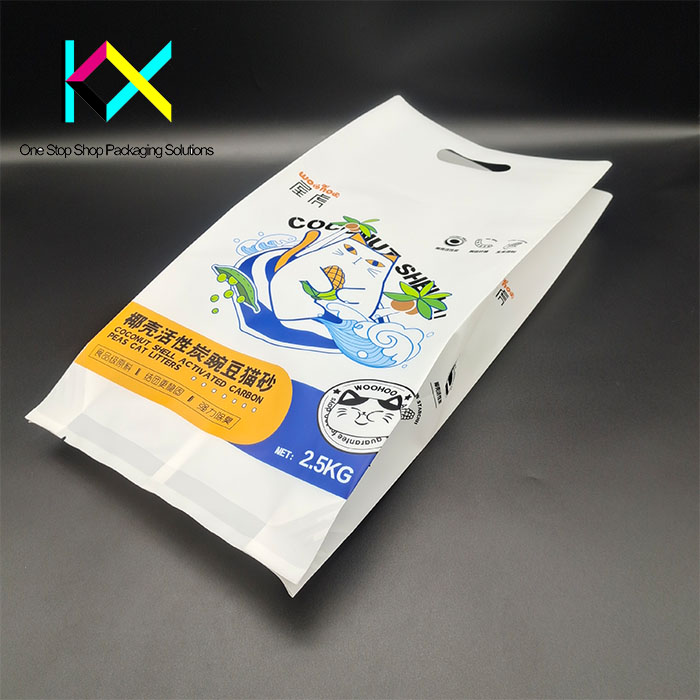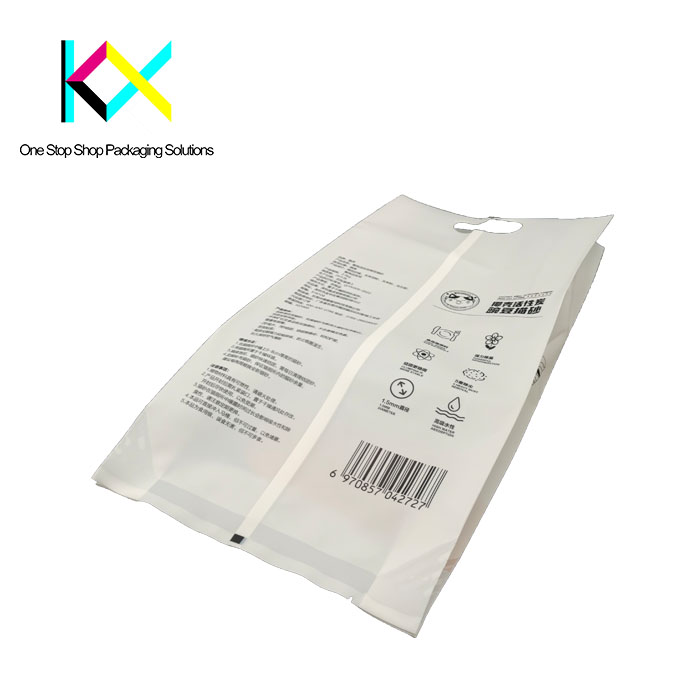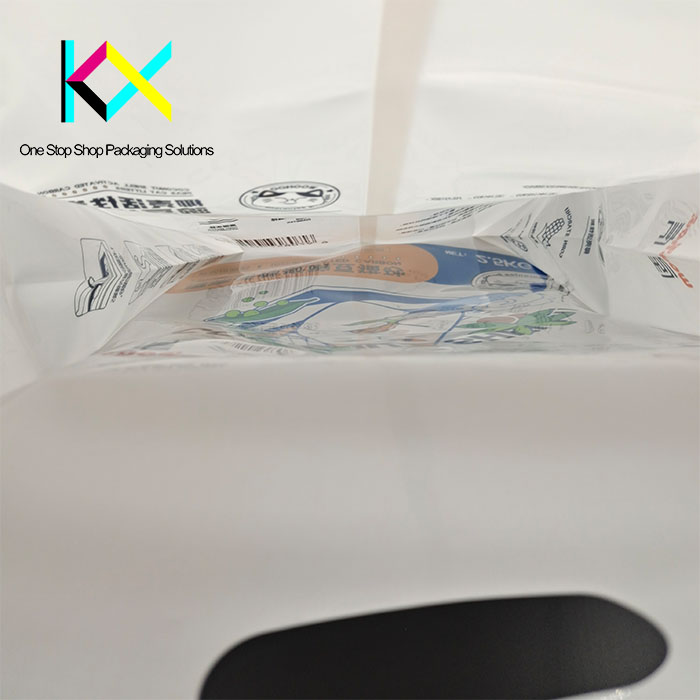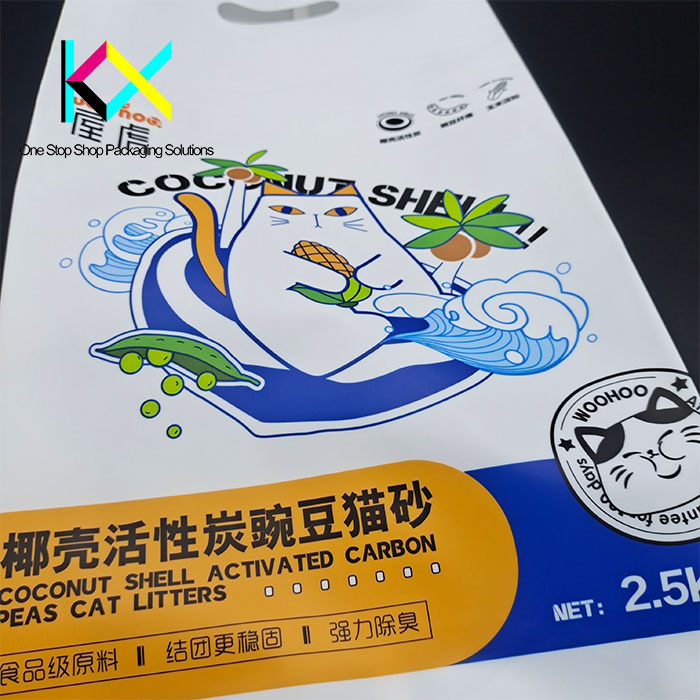From Plastic to Planet: The Evolution of Cat Food Packaging Bags

The rustle of opening a cat food packaging bag remains an enduring ritual in households worldwide. Yet beneath this familiar sound, a material revolution is transforming soft packaging. Driven by eco-conscious pet owners and regulatory shifts, manufacturers are reengineering these essential containers – with biodegradable packaging bags emerging as the frontier solution. This transition represents more than sustainability trends; it signals fundamental recalibration of packaging priorities across the industry.
Recent months reveal accelerating momentum beyond token “eco-friendly” claims. The Flexible Packaging Association’s 2024 Circularity Report indicates 73% of converters now actively piloting compostable alternatives, up from 37% just two years prior. This surge responds to stark realities: traditional multi-layer cat food packaging bags, while excellent preservation tools, frequently combine materials that sabotage recycling streams. Their complex construction – typically integrating nylon, polyester, and polyethylene layers – creates near-impossible separation challenges.
Biodegradable packaging bags promise resolution by design. Unlike conventional counterparts persisting for centuries, these advanced materials decompose under specific biological conditions. For pet brands, this addresses two critical pressures: consumer demand (68% of buyers now prioritize sustainable packaging according to Pet Sustainability Coalition data) and impending regulations like California’s SB 54 mandating 65% plastic waste reduction by 2032.
Yet material transition demands overcoming formidable technical hurdles:



Preservation Paradox
Feline nutrition requires exceptional barrier protection against oxygen, moisture, and light – challenges intensified by high-fat formulas. Early plant-based films faltered here. Innovations now emerging include:
-
PHA (polyhydroxyalkanoate) bio-polymers grown from agricultural byproducts, offering oil-resistant barriers
-
Nanocellulose coatings enhancing oxygen blockage by 400% versus standard PLA films
-
Enzyme-triggered biodegradation mechanisms that activate only in composting environments
End-of-Life Infrastructure Gaps
True sustainability requires alignment between packaging design and disposal systems. While industrial composting facilities grow (up 22% in North America since 2023), home-compostable certification remains crucial. Brands like EarthAnimal now embed QR codes linking to localized disposal guides, acknowledging regional infrastructure variability. Such transparency builds consumer trust while preventing well-intentioned “wish-cycling” that contaminates waste streams.
Economic Realities
Advanced biomaterials historically carried 200-300% premiums versus conventional films. Recent breakthroughs are narrowing this gap:
-
Scaling microbial fermentation for PHA production has cut costs by 40% since 2022
-
Mono-material bio-structures eliminate costly separation processes
-
Thin-film innovations reduce material requirements by 30-50%
Leading brands are navigating these complexities through phased implementation. Purina’s Beyond Nature line uses partially bio-based films where technical performance allows, while investing in advanced composting partnerships. Smaller innovators like Chippin deploy marine-degradable cat food packaging bags certified to ASTM D6691 standards – particularly valuable for coastal communities.
The industry’s next evolution focuses beyond disposal. LCAs (Life Cycle Assessments) now guide development, revealing unexpected insights: some plant-based films demand higher agricultural water consumption than petroleum alternatives. This catalyzes “second-wave” innovations like:
-
Seaweed-derived films utilizing invasive species biomass
-
Carbon-negative PHA from methane capture systems
-
Upcycled fruit waste films requiring no virgin crop cultivation
Certifications provide vital navigation tools for converters and consumers alike. Look for:
-
TÜV OK Compost HOME (home compostable verification)
-
ASTM D6400/D6868 (industrial compostability standards)
-
Marine Degradable certification (critical for waterways protection)
The transformation of cat food packaging bags mirrors broader packaging evolution. As Simone Rossi, CEO of European biopolymer leader BioFlex Solutions, observes: “We’ve moved from asking ‘Can we make it biodegradable?’ to ‘How do we optimize its entire lifecycle while meeting extreme performance demands?’ This holistic approach is reshaping R&D priorities.”
Challenges persist – particularly regarding shelf-life equivalency for premium wet foods and economic accessibility. Yet investment patterns signal confidence: venture funding for advanced biomaterials reached $2.3B in 2023, with pet packaging applications capturing 18% of this capital. Major machinery manufacturers like Bosch Packaging now offer retrofitting kits adapting filling lines for bio-film compatibility.
For the environmentally conscious pet owner, the implications are tangible. Choosing products in certified biodegradable packaging bags increasingly represents not compromise, but performance parity with ecological benefit. As disposal infrastructure matures and costs decline, these materials transition from premium option to industry expectation.
The quiet revolution within cat food packaging bags ultimately reflects a broader awakening: packaging cannot be an environmental afterthought. Through material science breakthroughs, infrastructure collaboration, and transparent consumer education, the soft packaging industry demonstrates that essential functionality and planetary responsibility can coexist – one pouch at a time. The journey from plastic persistence to biological circularity is complex, but increasingly inevitable. The familiar sound of opening tomorrow’s cat food packaging bags will signal not just mealtime, but meaningful progress.

